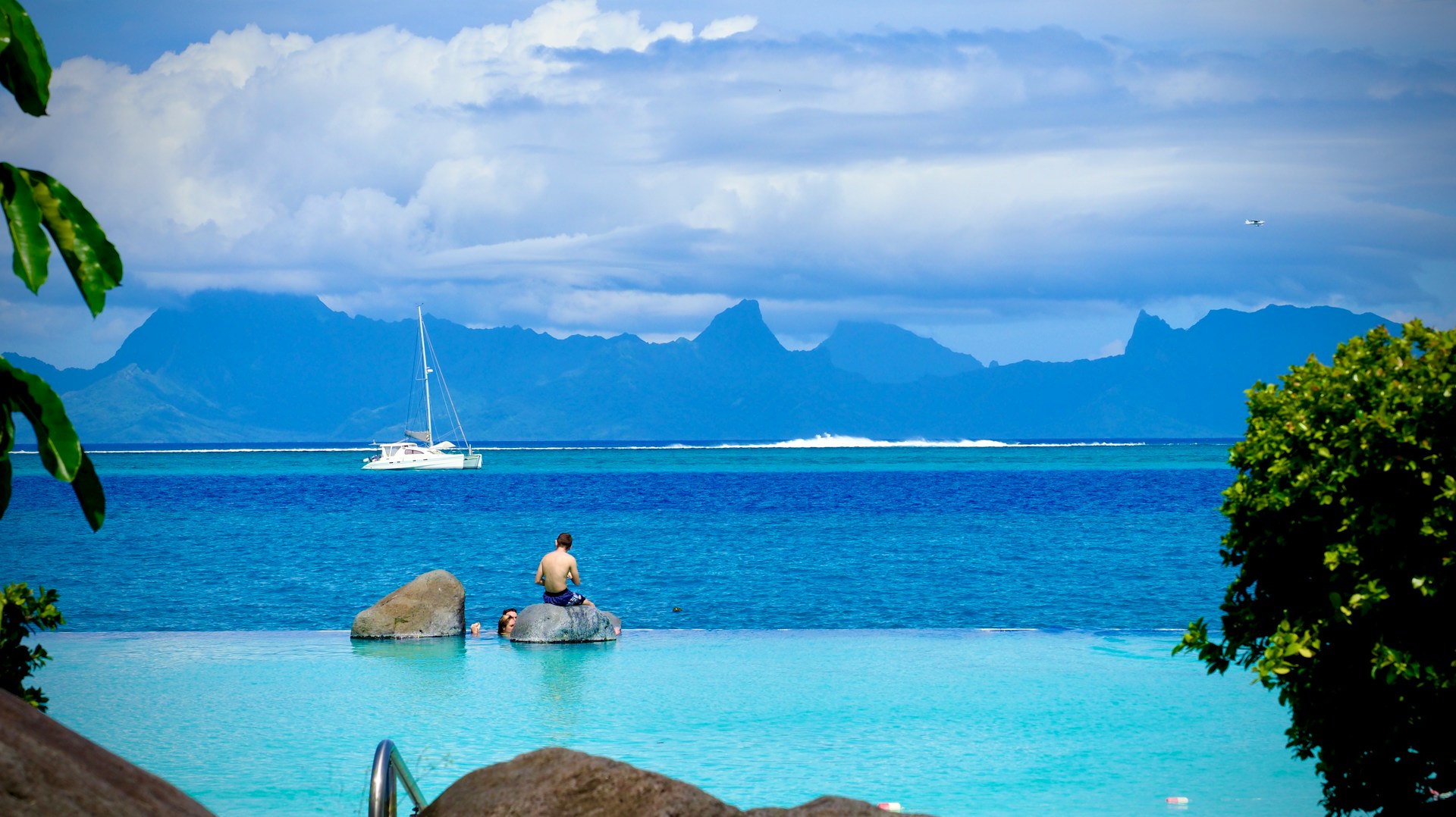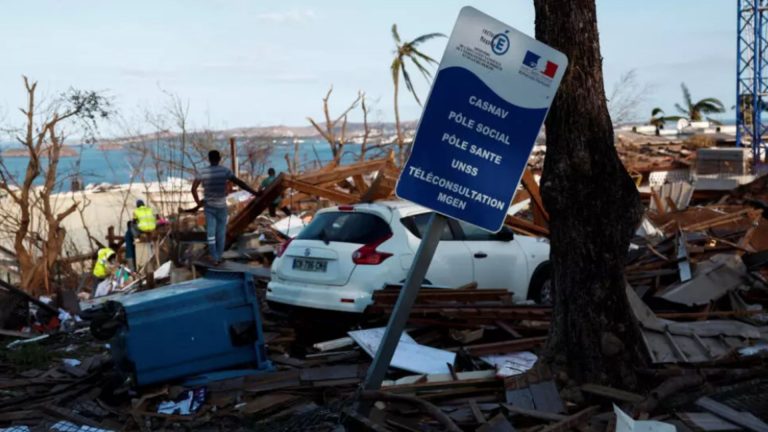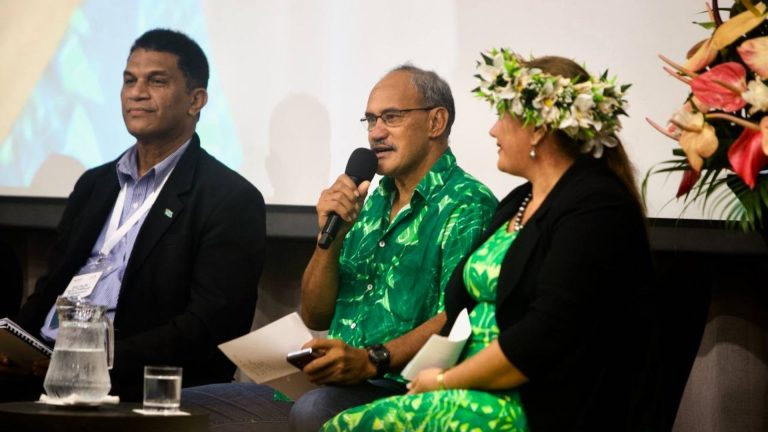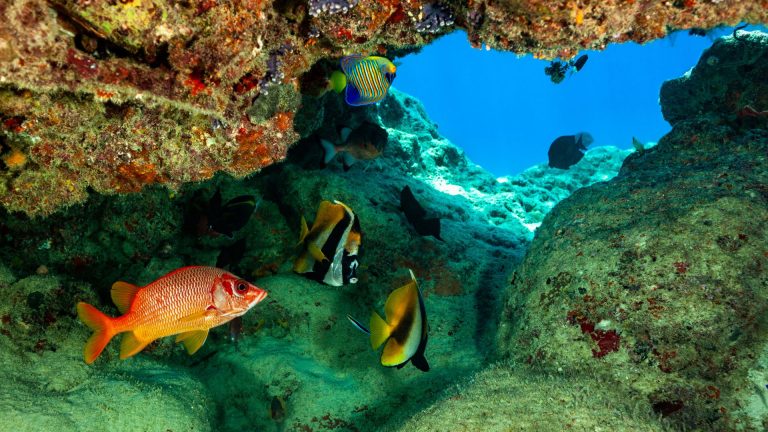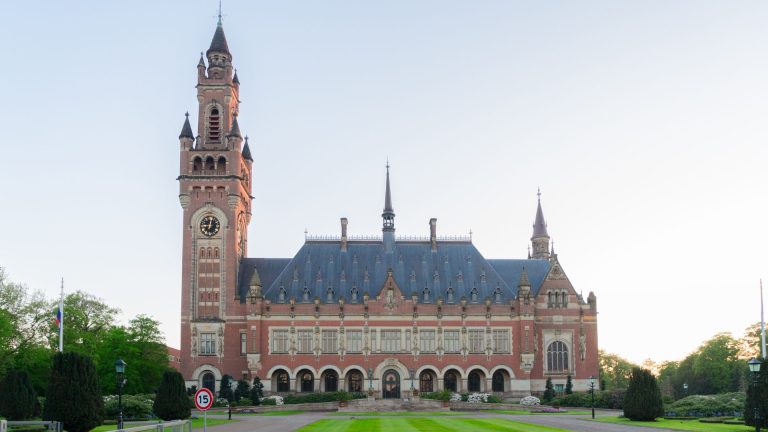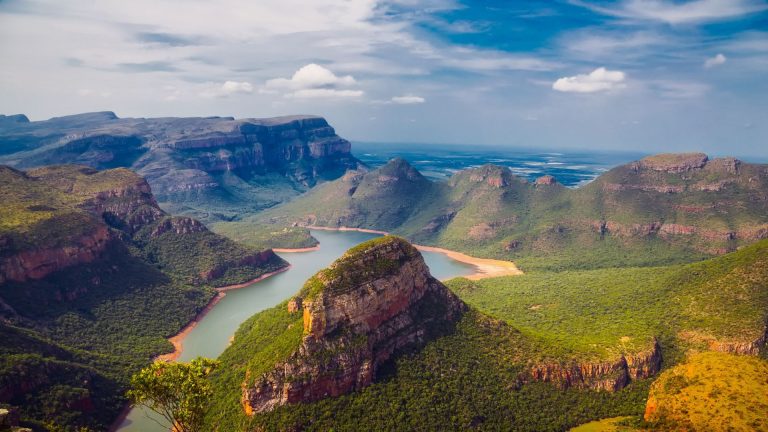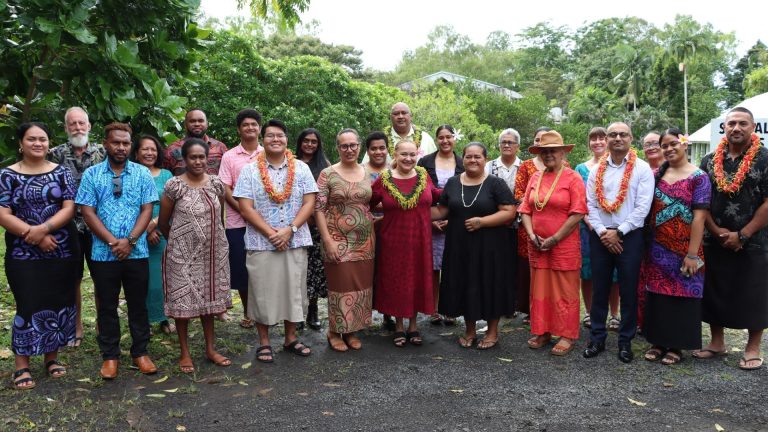Excerpt from nationalgeographic.com
I’m on a guided hike around Te Pari — the wild, uninhabited seven-mile-long coastline at Tahiti’s southeastern extremity. Te Pari simply means ‘The Cliffs’ in Tahitian, and from our vantage point its stark topography is laid out before us — a series of black, volcanic rock faces plunging vertically into the water, cut by a handful of lush, steep-sided valleys. Battered by wind and sea, the area is only accessible on foot or by boat when the swell is small enough, as it is today. When the ocean is more tempestuous, parts of the trail will be swallowed by legendary waves.
More than 250,000 international travellers make it to Tahiti each year. Most stay around the island capital of Pape’ete and its airport, before hopping over to French Polynesia’s popular island paradise of Bora Bora. The trickle of visitors who make it from Pape’ete to Tahiti Iti — the smaller part of this figure-of-eight-shaped island — tend to come for the surf at its southeastern corner.
Thanks to its fearsome reputation for 10ft-high barrelling waves, in July 2024, Teahupo’o will stage the summer Olympics’ four-day surf competition for France. A remote village where the paved road ends, it’s here that the Fenua Aihere (Bush Country) begins. Sparsely populated with a string of rustic fisher family homes set between the lagoon and mountains, it eventually leads to Te Pari. Though it’s only a 90-minute drive from Pape’ete to Teahupo’o, this area feels like another world.

